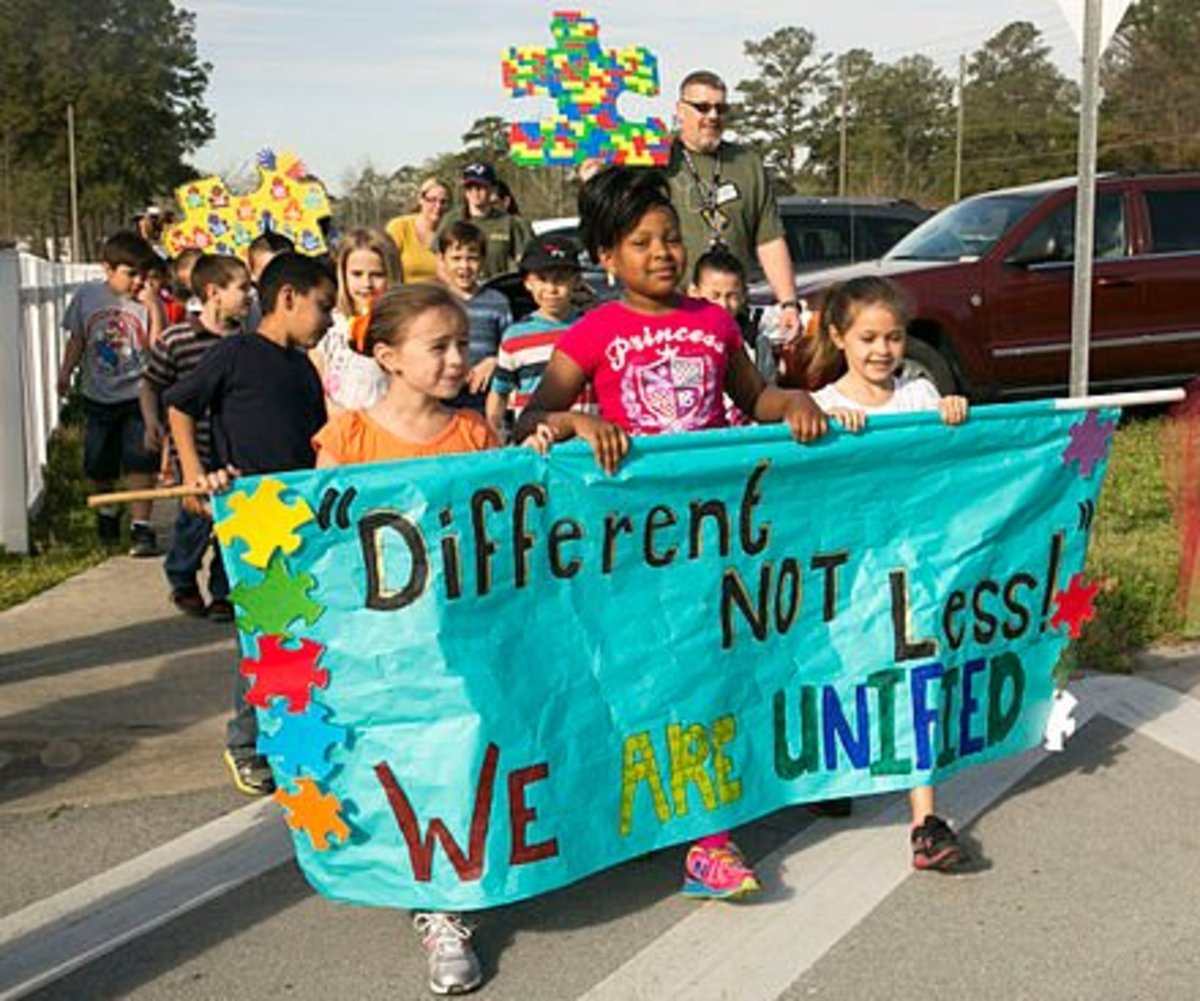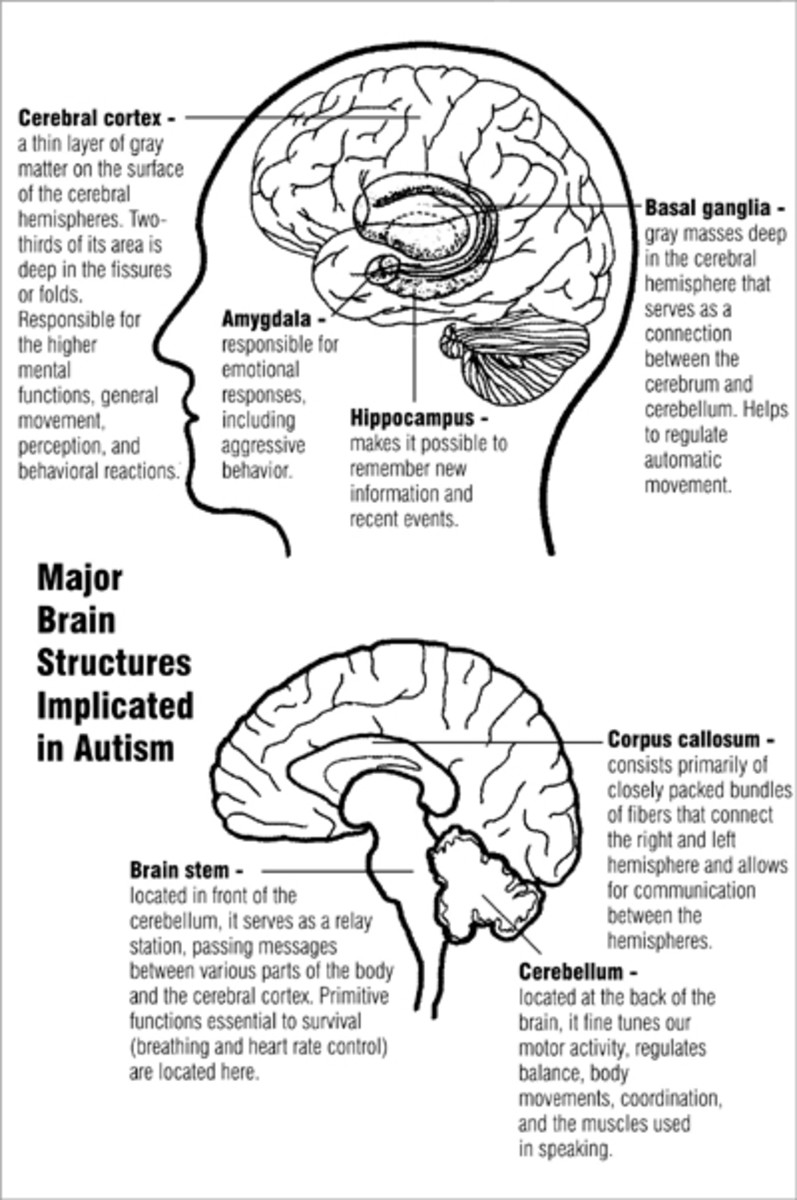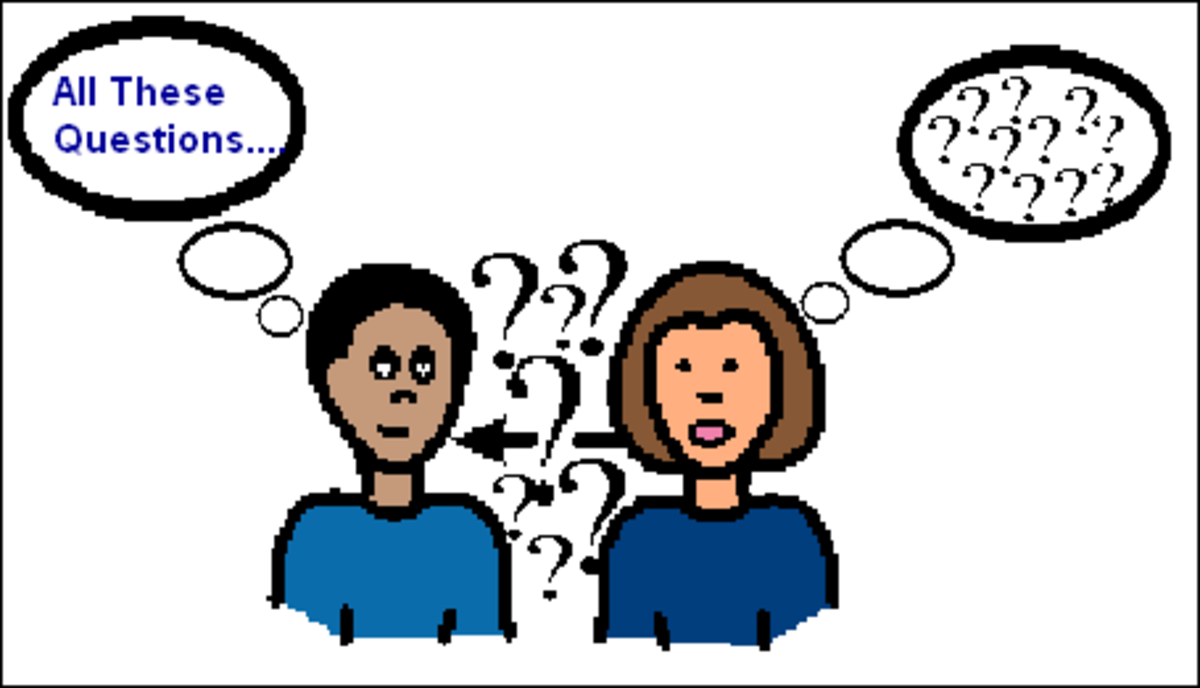What Is Autism Spectrum Disorder or ASD?
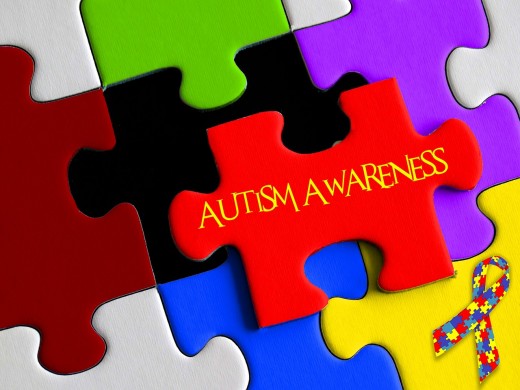
Is Autism the same as Autism Spectrum Disorder (ASD)?
First off, to clear any potential confusion, the answer is no, Autism is not the same as Autism Spectrum Disorder (ASD).
Although it is common for people to use the terms Autism and ASD interchangeably, the 2 are different.
ASD is a term created by the American Psychiatric Association in 2013 which covers 4 developmental disorders, namely:
- Austism
- Asperger's Syndrome
- Childhood Disintegrative Disorder
- Pervasive Developmental Disorder Not Otherwise Specified (PDD-NOS)
Autism is one of the developmental disorders which falls under ASD, and Autism's main symptoms are:
- difficulty with social interaction and communication
- restricted or repetitive behaviour and interests.
As the ASD classification was created somewhat recently, and the 4 developmental disorders are strongly related to Autism itself, people tend to use the terms Autism and ASD interchangeably. While the context will usually still hold true, it's important not to leave out the other 3 developmental disorders when focusing on ASD.
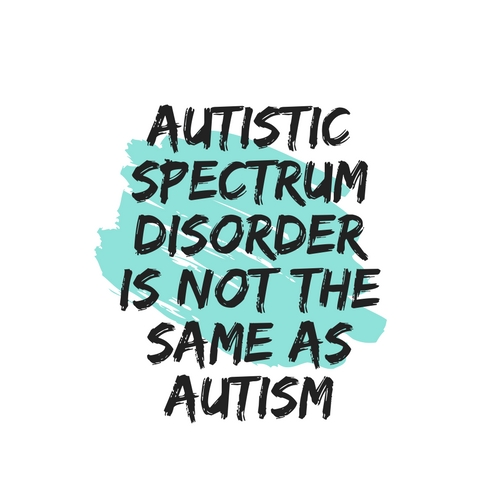
What Is Autism Spectrum Disorder or ASD?
Autism Spectrum Disorder (ASD) is a lifelong developmental condition which affects how a person views and relates to people and their environment.
The term "Spectrum" means that it varies from person to person in terms of:
- Range of ability. One person may be fine in areas A, B and C, but face challenges in areas D, E and F. Another person may be fine in areas A, B and D, but face challenges in just area C. There's no telling which areas a person may face challenges in, but the main areas of difficulty are usually social communication, social interaction, and restricted or repetitive behaviour and interests.
- Severity. One person may face only a little difficulty in area A, while another person may have a very difficult time with area A. Again, there's no set rule for the level of severity.
In addition, a person with ASD may also have:
- unusual sensory interests such as sniffing objects or staring intently at moving objects
- sensory sensitivities including avoiding specific sounds (i.e. hair dryers, vacuum cleaners) and textures (i.e. sand, water)
- intellectual impairment or learning difficulties
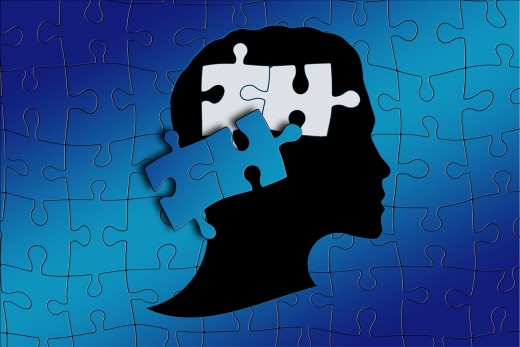
Which Developmental Disorders fall under ASD?
ASD covers a group of four developmental disorders:
1. Autism
- Difficulty with social interaction and communication
- Restricted or repetitive behaviour and interests
2. Asperger's Syndrome
- Difficulty with social interaction and communication
- Restricted or repetitive behaviour and interests
- Relatively normal or even superior language and intelligence
3. Childhood Disintegrative Disorder
- Child starts of with normal learning and development
- Later on experiences developmental delays as in Autism or Asperger's Syndrome
4. Pervasive developmental disorder not otherwise specified (PDD-NOS)
- Also known as Atypical Autism.
- Symptoms as the other 3 types of conditions under ASD, but does not specifically fall into one of those classifications.
The 4 Developmental Disorders Under ASD
Developmental Disorder
| Main Symptoms
|
|---|---|
Autism
| Difficulty with social interaction and communication; Restricted or repetitive behaviour and interests
|
Asperger's Syndrome
| Symptoms as Autism; Relatively normal or even superior language and intelligence
|
Childhood Disintegrative Disorder
| Symptoms as Autism or Asperger's Syndrome, but appears after few years of normal childhood
|
Pervasive Developmental Disorder Not Otherwise Specified
| Symptoms as Autism, Asperger's Syndrome or Childhood Disintegrative Disorder, but does not fall under any of those 3 classifications
|
How is ASD Diagnosed?
ASD is diagnosed by looking at a person's behaviour and development. This is done in several stages by doctors and other health professionals with experience in ASD.
ASD can be reliably diagnosed as early as 2 years of age. Early diagnosis is important, as the sooner treatment can begin the better.
Diagnosis usually begins via ASD Screening Tools. There are numerous ASD Screening Tools, and although some are more popular than others, there is no "Official ASD Screening Tool". However, the M-Chat-R/F below is a very widely-used and accessible ASD Screening Tool:
Modified Checklist for Autism in Toddlers, Revised, with Follow-Up (M-CHAT-R/F)
Treatment for Autism Spectrum Disorder (ASD)
It's important to note that ASD is not something which can be cured. However, a person with ASD can learn to both promote positive behaviours as well as reduce negative ones. Likewise, family and friends can also learn to cope better with a loved one with ASD, thus improving the lives of everyone involved.
One of the main treatments for ASD is Applied Behaviour Anaylsis (ABA).
What is Applied Behaviour Analysis (ABA)
ABA is a method to promote positive behaviours as well as reduce negative ones. So basically, more of the good, less of the bad, resulting in a happier life for a person with ASD.
Although seemingly straightforward, ABA is best conducted by an experienced and qualified behaviour anaylst. An assessment will be done, as each person with ASD is unique with their own individual strengths and weaknesses. Besides the person with ASD's criteria, the family situation is also taken into account, for example any specific goals they may hope for, or their monetary and time constraints.
Next, treatment goals will be planned based on the assessment. It would not make sense to simply say, for example, that every ABA should include "being engage in conversation". Not every person with ASD will have difficulty in social skills, and if they did, the level of severity would vary. For example, one person might have to begin with the basic skill of making eye contact, while another person might have to work on the more complex skill of taking into account another person's feelings in a conversation.
After treatment goals have been established, an instruction plan can be produced. This will be a detailed breakdown of the steps to be taken to achieve the treatment goals. It would include specific approaches, such as the ones detailed below.
Examples of Applied Behaviour Analysis (ABA) Strategies
1. Prompts
- Direct ("Put your shoes on the shelf") or Indirect ("Where should your shoes go?")
- Verbal (Telling person to put shoes on shelf), physical (Using hand to pat the person's shoes) or visual (Showing flashcard of shoes being removed).
- Intensive (One prompt for each step of a long and complex task) or brief (Only one prompt for the step the person is having difficulty with).
2. Modelling
Demonstrating in person how a task should be performed.
3. Positive reinforcement
- Tangible (i.e. Stickers)
- Activity based (i.e. A trip to the playground
- Social (i.e. Verbal praise and encouragement)





